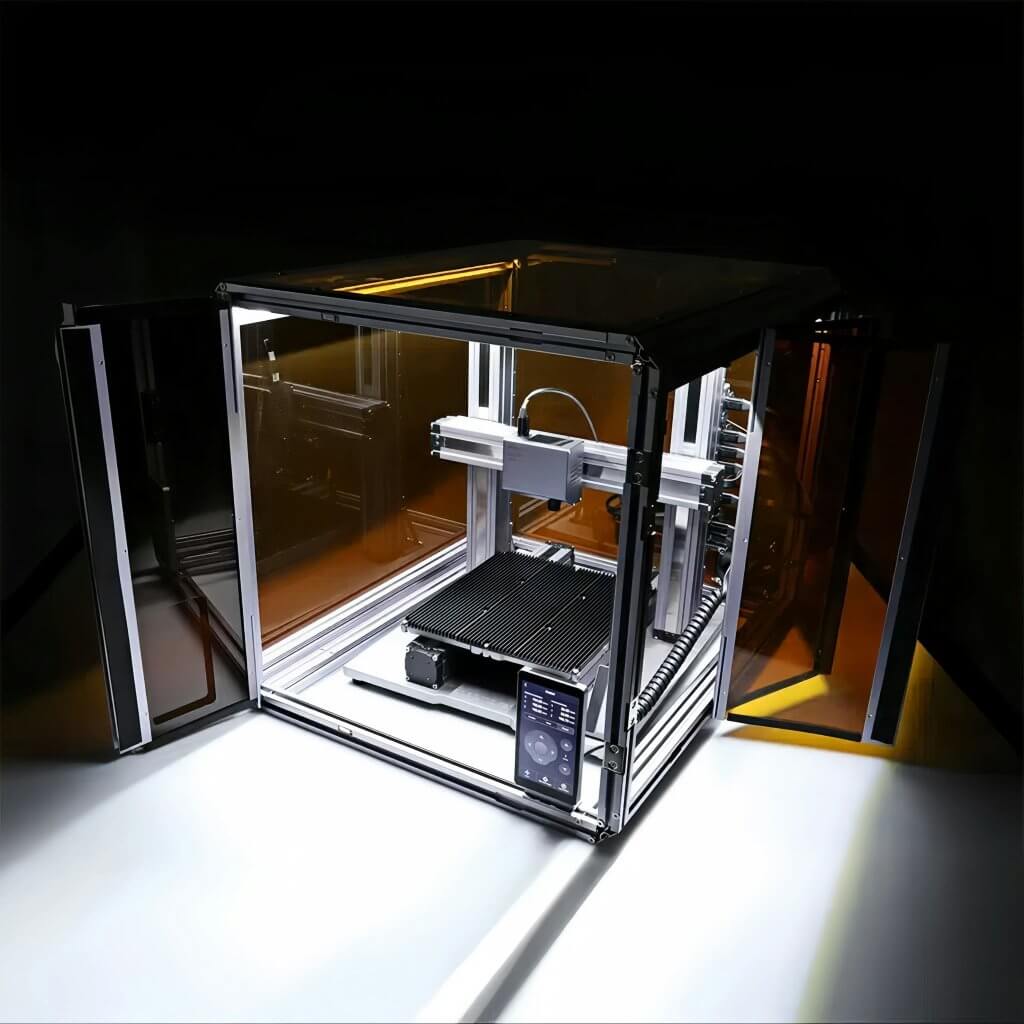In the realm of technology, laser windows are vital components that ensure the safety and efficiency of devices using laser technology. These specialized windows protect sensitive optics and sensors, playing a crucial role in the optimal performance of laser-based equipment.
Laser windows are integral to the functionality of devices that utilize laser technology. They serve as protective barriers, ensuring that the laser beams are precisely directed while safeguarding the internal components from potential damage. Understanding how laser windows work can enhance your appreciation of their importance in maintaining both safety and performance in various applications. For instance, a laser window is essential in devices like laser cutters and medical lasers, where precision and safety are paramount.
The Role of Laser Windows in Safety
Laser windows are akin to protective eyewear, shielding sensitive components from harmful laser emissions. In devices such as laser therapy tools, these windows ensure that the laser light is contained and controlled, preventing accidental exposure that could be harmful to users. This protective function is crucial in maintaining the safety of both the device and its operator.
Without laser windows, the risk of exposure to high-intensity laser beams increases significantly, similar to the dangers of looking directly at the sun without sunglasses. By incorporating laser safety windows, manufacturers can mitigate these risks, ensuring that the devices operate safely and effectively. In many industrial and medical applications, laser protective windows are used to create a barrier that maintains optimal visibility while blocking dangerous wavelengths.
Prioritizing safety through the use of a laser window demonstrates a commitment to technological innovation and user protection. This focus is essential for the advancement of laser-based tools, providing peace of mind to users and enhancing the overall reliability of the devices. The combined use of laser safety windows and laser protective windows further reinforces this commitment to safety across diverse industries.
Materials and Coatings in Laser Windows
The materials and coatings used in laser windows are critical to their durability and effectiveness. High-quality materials like optical-grade glass or specialized polymers provide the necessary strength to withstand frequent use while maintaining clarity and performance, much like how bulletproof glass offers security without compromising visibility.
Coatings applied to laser protective windows enhance their durability by providing resistance to scratches, heat, and chemical damage. These coatings are essential in ensuring that the windows can withstand intense laser light without degrading over time, maintaining the device’s effectiveness throughout its lifespan. Additionally, laser safety windows with reflective or absorptive coatings are designed to handle high-power laser exposure while preventing beam leakage.
The careful selection of materials and coatings ensures that laser windows deliver consistent results, balancing durability with performance. This balance is key to meeting both consumer expectations and industry standards, ensuring that laser-based devices remain safe and effective.
Applications of Laser Windows in Technology
Laser windows are used extensively across various technological applications. In medical devices, they play a vital role in filtering harmful wavelengths, ensuring that only beneficial laser light reaches the targeted area. This selective filtration enhances treatment efficacy while minimizing risks.
Common applications include laser surgery equipment and industrial laser cutters, where precision and safety are critical. These devices rely on advanced optics and protective components such as laser safety windows to ensure both safety and effectiveness. In scientific research and defense technology, laser protective windows help shield sensors and cameras from beam damage while maintaining optical clarity.
The integration of laser windows transforms regular devices into powerful tools for precision work, making them indispensable in modern technology. As these devices become more prevalent, understanding the role of laser safety windows and laser protective windows becomes increasingly important for informed use and maintenance.
Balancing Durability with Optical Performance
Achieving a balance between durability and high optical performance is essential in the design of laser windows. The science involves selecting materials that provide long-term resilience without sacrificing clarity or effectiveness, similar to choosing durable yet lightweight materials for athletic shoes that enhance performance without adding bulk.
This balance ensures that laser protective windows maintain their protective qualities over time, even with regular use under demanding conditions. For example, high-grade polymers might be chosen for their flexibility and impact resistance, ensuring that devices remain functional even after accidental impacts. Likewise, laser safety windows are often tested under extreme conditions to confirm their ability to maintain optical performance and safety standards.
Manufacturers strive to achieve this equilibrium as it directly impacts user satisfaction and trust in their products. By investing in research and development focused on material sciences, companies can deliver products that excel in both safety and performance metrics, ensuring the continued advancement of laser window technology.
Cassia Rowley is the mastermind behind advertising at The Bad Pod. She blends creativity with strategy to make sure ads on our site do more than just show up—they spark interest and make connections. Cassia turns simple ad placements into engaging experiences that mesh seamlessly with our content, truly capturing the attention of our audience.


